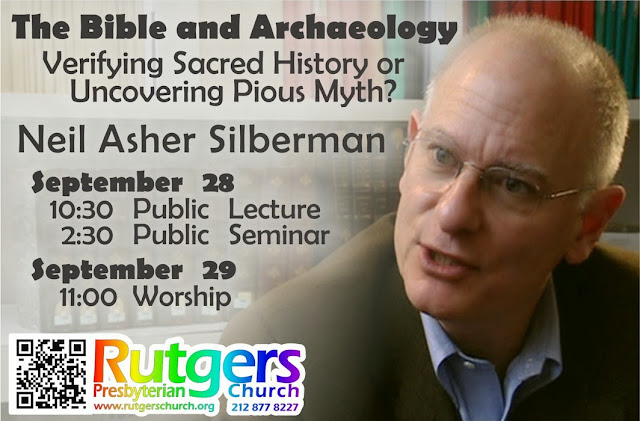How do you meet with God? How do you recognize God’s presence? How do you discern the divine will?
Ancient people practiced “Phyllomancy”. In sacred groves and under special holy trees they waited and listened. Fluttering leaves announced to them the divine presence and whispered to them sacred tidings. We can find an echo of this practice in the Genesis story from the Garden of Eden: “people heard the sound of God walking in the garden in the form of the daily breeze(RUACH)”. (Genesis 3:8) There is number of other similar instances in the Bible - even Jesus in the Gospel of John famously remarks: “Just as wind (PNEUMA) blows wherever it fancies and you can hear its sound, but cannot fully grasp its paths, so it is with everything of spiritual (PNEUMA) origins.” (John 3:8) Even our languages preserve this inkling: Hebrew RUACH, Greek PNEUMA, just like English SPIRIT from Latin SPIRITUS, all cover the broad spectrum of meanings of wind, breath and spirit.
I do not think that God is literally present in any meteorological phenomena as complex, stochastic and unpredictable, as they might be. This connection between wind, breath and divine spirit is just a metaphor for the subtle, yet discernible and efficacious divine presence in our lives. It is a marvelous reminder, God is as close to us as the air we breathe.
In our urban setting we can forget about whispering leaves as the visualization and reminder of this divine mystery. In our climate, leaves are gone for long periods of year, and anyway their shiver would be easily drowned out in the constant din of our cacophonous environment. On Broadway and in our neighborhood we need something clearer and “louder”.
This Sunday, at the brink of the old and new year, we will connect this old wind-spirit metaphor with the similarly ancient practice of prayer flags. Two years ago we made our first prayer flags and they blew in the wind, filling our neighborhood with their prayers until they were destroyed by the scaffolding and repair workers. On this Sunday we will make our new prayer flags, this time vertical ones. Our new prayer flags will stand on Broadway and 73rd Street sidewalks and visualize, accentuate, and summon again the presence of the divine healing, peace, and grace for our neighborhood and environment.
Ancient people practiced “Phyllomancy”. In sacred groves and under special holy trees they waited and listened. Fluttering leaves announced to them the divine presence and whispered to them sacred tidings. We can find an echo of this practice in the Genesis story from the Garden of Eden: “people heard the sound of God walking in the garden in the form of the daily breeze(RUACH)”. (Genesis 3:8) There is number of other similar instances in the Bible - even Jesus in the Gospel of John famously remarks: “Just as wind (PNEUMA) blows wherever it fancies and you can hear its sound, but cannot fully grasp its paths, so it is with everything of spiritual (PNEUMA) origins.” (John 3:8) Even our languages preserve this inkling: Hebrew RUACH, Greek PNEUMA, just like English SPIRIT from Latin SPIRITUS, all cover the broad spectrum of meanings of wind, breath and spirit.
I do not think that God is literally present in any meteorological phenomena as complex, stochastic and unpredictable, as they might be. This connection between wind, breath and divine spirit is just a metaphor for the subtle, yet discernible and efficacious divine presence in our lives. It is a marvelous reminder, God is as close to us as the air we breathe.
In our urban setting we can forget about whispering leaves as the visualization and reminder of this divine mystery. In our climate, leaves are gone for long periods of year, and anyway their shiver would be easily drowned out in the constant din of our cacophonous environment. On Broadway and in our neighborhood we need something clearer and “louder”.
This Sunday, at the brink of the old and new year, we will connect this old wind-spirit metaphor with the similarly ancient practice of prayer flags. Two years ago we made our first prayer flags and they blew in the wind, filling our neighborhood with their prayers until they were destroyed by the scaffolding and repair workers. On this Sunday we will make our new prayer flags, this time vertical ones. Our new prayer flags will stand on Broadway and 73rd Street sidewalks and visualize, accentuate, and summon again the presence of the divine healing, peace, and grace for our neighborhood and environment.

















